
Literary adaptations are ruling the small screen: Scouts are turning to publishers for show material. TV deals are being negotiated at the same time as print ones. In 2020, for the first time ever, more books were made into TV series than into movies. Clearly, translating stories from the page to television is popular. But have we figured out the key to pulling it off?
Sometimes adaptations are a breeze; there are tales that seem made for television. “Episodic plots, ensemble casts, and intricate world-building” are all signs that one might succeed, the scholars Alexander Manshel, Laura B. McGrath, and J. D. Porter argued in an article for The Atlantic. Think of books with lots of twists and turns, such as the comic-book series The Sandman by Neil Gaiman, which takes full advantage of a full TV season’s long runtime to follow the source material’s narrative shifts. For other works, however, moving to television can drain the introspection out of the story. The Hulu rendition of Conversations With Friends, for example, loses the darkness and humor of Sally Rooney’s narration and replaces it with … nothing. The Apple TV+ miniseries based on Min Jin Lee’s Pachinko also lacks the novel’s intimate feeling—perhaps because of the decision to restructure the narrative in a way that distanced viewers from the book’s most central character.
But when the risk of adapting a title that doesn’t seem like a natural fit for television pays off, the resulting shows can both stand on their own and offer new ways of looking at the original. Take Elena Ferrante’s The Lying Life of Adults, a novel characterized by its narrator’s fragmented and sometimes unreliable perception. TV cannot convey the holes in her discernment, so instead, the show immerses the viewer in close-up shots of faces and moody soundscapes that brilliantly evoke the feeling of being inside the protagonist’s mind. The adaptation of Celeste Ng’s Little Fires Everywhere takes another approach to depicting literary ambiguity: by making a bold choice. Although Ng’s novel leaves the race of a few key characters unclear, the network casts Black actors in those roles, bringing the tensions simmering below the book’s surface to the forefront. You won’t read it the same way after watching—nor should you.
Every Friday in the Books Briefing, we thread together Atlantic stories on books that share similar ideas. Know other book lovers who might like this guide? Forward them this email.
When you buy a book using a link in this newsletter, we receive a commission. Thank you for supporting The Atlantic.
What We’re Reading
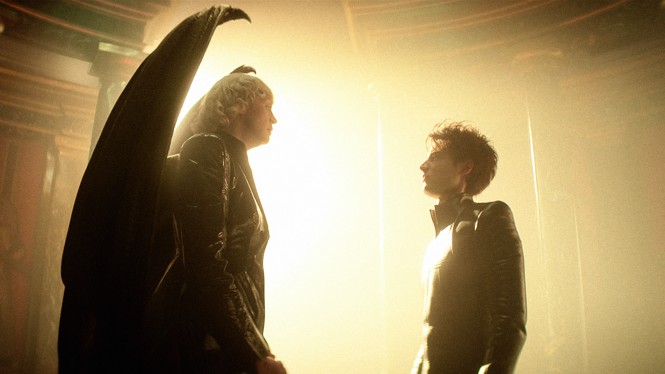
Netflix
Netflix’s The Sandman is a fan’s dream. Is that good enough?
“Devotees of The Sandman such as myself will have much to exult in with Netflix’s version, but I wonder what the show will mean to newcomers.”
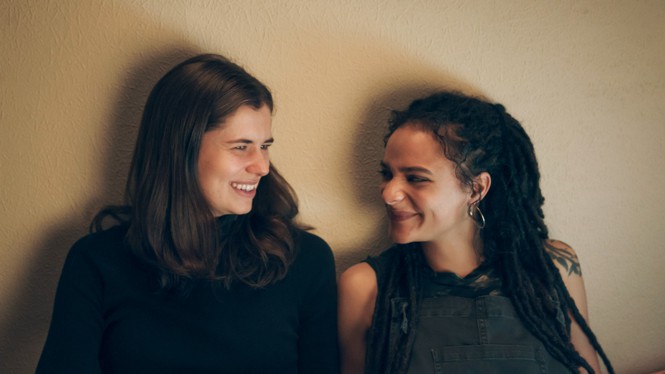
Enda Bowe / Hulu
How Hulu’s Conversations With Friends got Sally Rooney so wrong
“To watch Conversations is to watch [Rooney’s] acerbic words detailing the agony of the Millennial experience—so performative! so insecure!—get watered down until they argue nothing at all.”
📚 Conversations With Friends, by Sally Rooney
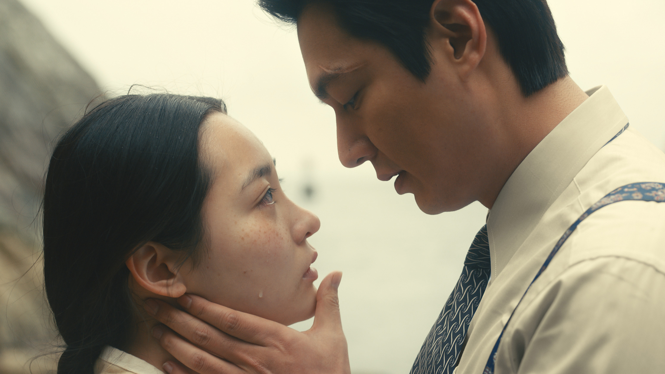
Apple TV+
Pachinko is moving and sublime—and at odds with itself
“As gorgeous and masterfully made as the series is, that tapestry comes loose through many alterations. Taken cumulatively, they weaken the novel’s emphasis on ... the subtle influences history can have on one person’s life.”
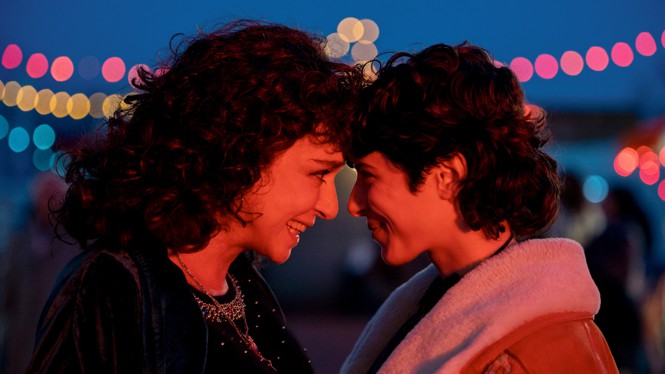
Eduardo Castaldo / Netflix
The calamitous lies of adulthood
“At times, [the TV adaptation of The Lying Life of Adults is] maddening. But it’s also stunning in a way that nothing has really been since Mad Men, with each frame its own tightly composed showpiece.”
📚 The Lying Life of Adults, by Elena Ferrante
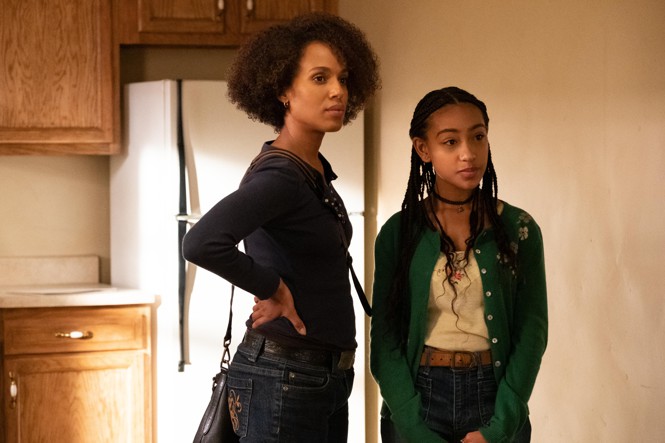
Erin Simkin / Hulu
When a TV adaptation does what the book could not
“The series [Little Fires Everywhere] captures the relationship dynamics as illustrated in the novel and furthers them.”
📚 Little Fires Everywhere, by Celeste Ng
About us: This week’s newsletter is written by Kate Cray. The book she’s reading next is The Song of Achilles, by Madeline Miller.
Comments, questions, typos? Reply to this email to reach the Books Briefing team.







